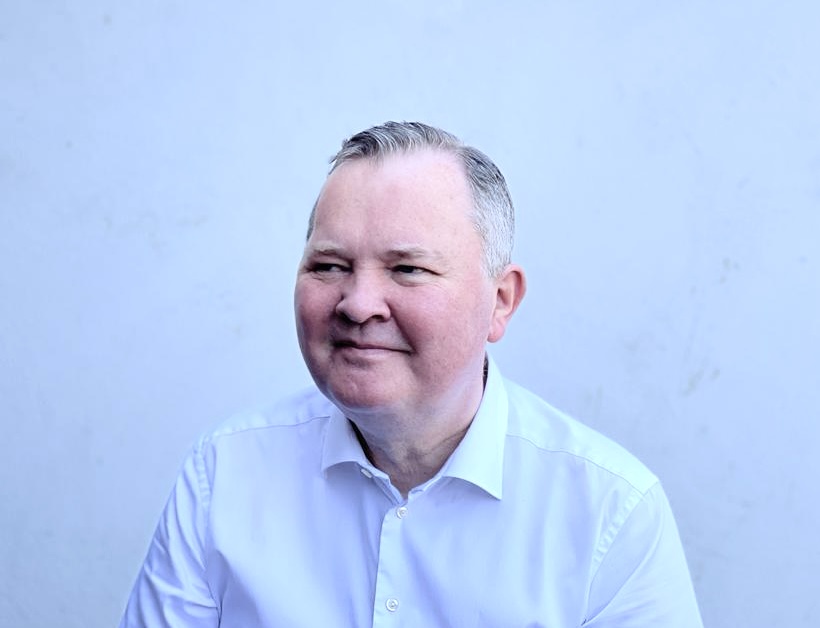Sustainability and clients: they’re finally listening

For decades, when taking project briefs, I have been raising the topic of sustainability and enthusiastically recommending that clients build it in. My enthusiasm started long ago with public speaking, contributions to journals and ultimately Macmillan’s publication of my book Greener Buildings. More often than not, my advice fell on deaf ears – and on one memorable occasion the client rejected it outright!
Now, all of a sudden, every client is raising the importance of sustainability almost as quickly as I do. Perhaps this is due to us living in a new post-pandemic world. Perhaps it is the effect of COP26 – or ever-higher energy prices. Whatever the reason, it is welcome and long overdue.
It’s the economy, stupid
Picking up on the last point, and acknowledging Bill Clinton’s presidential campaign team’s phrase, high energy prices and perhaps even falling values of less sustainable buildings are being appreciated as real things. It’s not simply the cost of acting sustainably that must be considered, but the consequences of not doing so. It’s about investment in the beginning to tackle the issues, rather than just expenditure. A win-win scenario of greater sustainability with lower running costs and higher capital and social values is being recognised.
No more greenwash
Let’s avoid the token measures, the deliberate misuse of terms (‘zero carbon’ for what and when?) and the false equivalency of sustainability with environmental impacts with low carbon, when each is a subset of the other. What about the social aspects? I have a project at a national museum and ensuring a welcoming, safe, accessible and inclusive environment is up there with other sustainability targets.
For too long, when sustainability wasn’t being ignored, it was only used for PR or virtue signalling. Now, that’s less and less the case. Many consultants and contractors are building the ability to help the increasingly enlightened client base.
Start at the start
We need to think differently and not bolt on sustainability part way through. What are the sustainability topics? How do we measure them? Which targets are relevant here and now, and in the future?
This isn’t something that can be done without considering the sustainability dimension from the outset and sticking with it throughout. Adding a few gimmicks to what was always going to be built is never the answer. Remember the business parks with their glass pavilions with solar shades on the northern elevations – not served by public transport and not within walking distance of any? The parks often had a nice biodiverse pond tucked into the corner of the site though. So that was alright – not.
Fabric first
An Arup friend recommended me years ago to focus on upgrading existing buildings’ fabric first, rather than just bolting on renewable energy sources. This is good advice and has always served me well. Make buildings as thermally efficient as possible and then look at the building services and their controls. It should go without saying that proper ventilation and avoiding solar overheating are essential, too.
I am leading a team to transform underused parts of a Grade I listed building in central London. The design team has put upgrading the fabric front and centre, which minimises the heating and cooling needed and saves money now and for future generations.
Watch out
Pitfalls abound. Start by building a project- and client-specific sustainability statement and use this as a project control document to be developed through the life of the building (and not just the life of the building project). That will supply a vehicle for all stakeholders to contribute to and buy in, and lessen the likelihood of an error, oversight or unintended consequence.
Make a plan
Yes, start at the start, but build over time. The sustainability statement, to be valuable, must be a living, breathing tool. It starts when the project brief is compiled and runs through each of the Royal Institute of British Architects design stages on to the use, adaptability and dismantling of the building. Dipping in and out of the process doesn’t work.
You may also be interested in:


0 comments
Log in to post a comment, or create an account if you don't have one already.